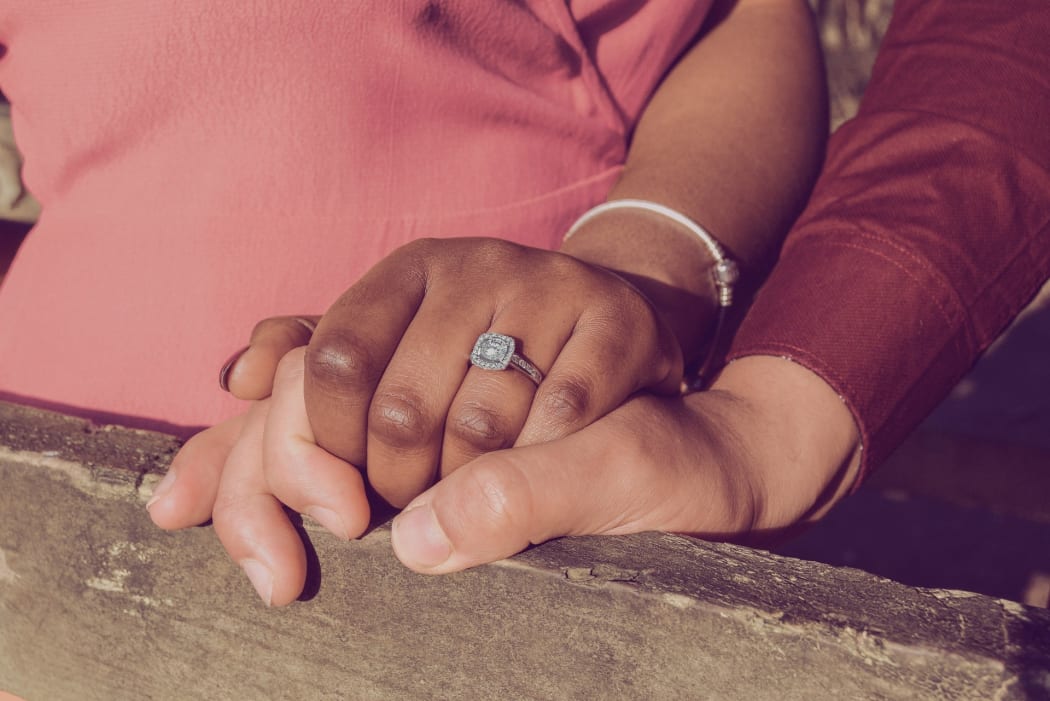
Photo: Pixabay
How might it be?
We need to do some dreaming together about the kind of country we want to be in 30, 40, 50 years, within the lifetimes of our children so they might enjoy it. Māori and Pakeha children together.
What might that future be?
It’s easier said than done, biculturally speaking. We have national plans to be smoke-free by and even non-renewable energy-free by 2025 and rodent-free by 2050.
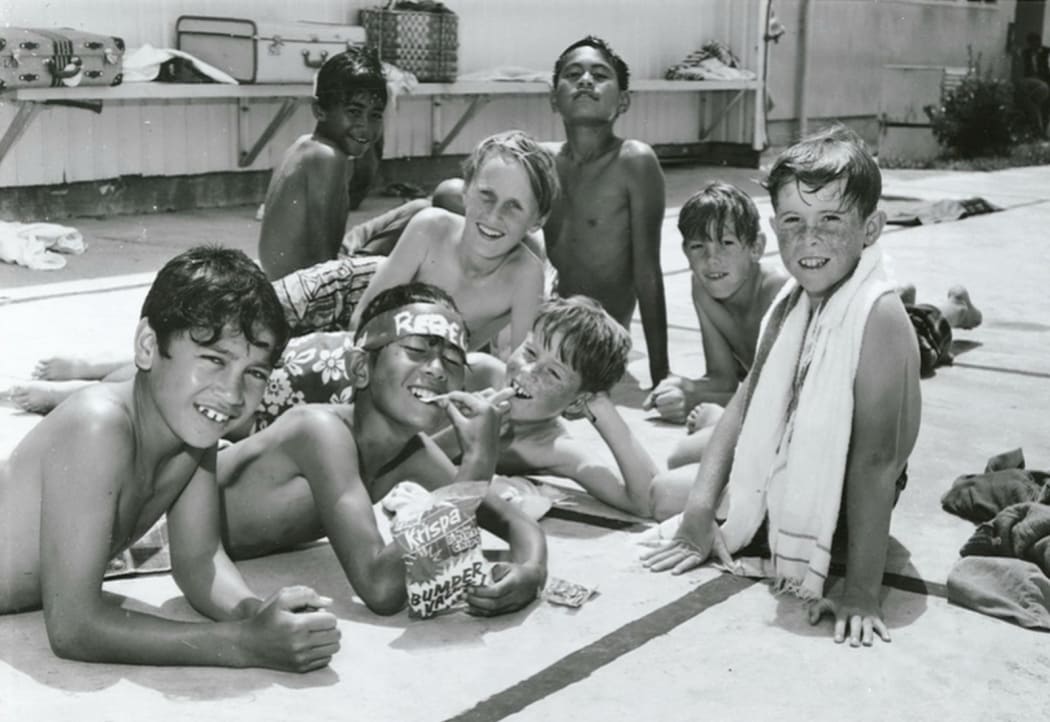
Māori and Pakeha boys at school swimming pool, Auckland, 1970. Photo: Archives NZ
But we don’t a have a plan and a time line that measures progress towards honouring the Treaty and achieving bicultural justice, in terms of equity and access to health services, educational achievement, keeping people out of prison. We have figures that let us look back and compare, but no targets to reach for.
Whatever the plan, there will certainly more Māori to enjoy it. No more talk of a dying race that we began with in the 20th century when numbers were under 40,000.

Leith Comer Photo: Te Puni Kokiri
In 20 years there will be more than one million Māori, 20% of the total projected population, and half of them will be under 28.
Ten years ago, the government agency Te Puni Kokiri produced a substantial report on Māori Future Makers. Its CEO Leith Comer, introduced it like this:
“Māori unemployment is at its lowest in decades; entrepreneurship among Māori is witnessing a marked rise; there has been an explosion in Māori participation in tertiary education; and the Māori language and culture is more visible, and crucially, appears more valued as an integral part of our national identity than at any time previously.”
That was a brave and hopeful claim. In 2019 you could make it even more strongly.
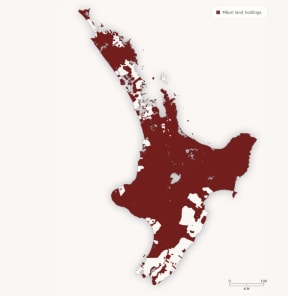
Until 1860, European settlement in the North Island occupied a tiny proportion (shown in white) of the total land mass. Māori occupied the rest. Photo: Te Ara
The Māori economy is valued at more than $50 billion, 30% of it in collective forms and its land ownership base, eroded so dramatically up until now, is growing again as Treaty settlements are reached.
A map of New Zealand paints the areas already settled in blue and they cover most of the country, with much smaller areas in green marking ongoing agreements between iwi and Crown.
And areas of national park, conservation land, rivers and lakes are increasingly co-managed by iwi and government agencies.
The Māori share of our booming tourism industry keeps expanding, as does the face and spirit that industry presents to the world.
The New Zealand Māori tourism agency’s website promises to welcome visitors as strangers and send them home as part of the whanau which is rather more generous language than the rest of the industry uses.
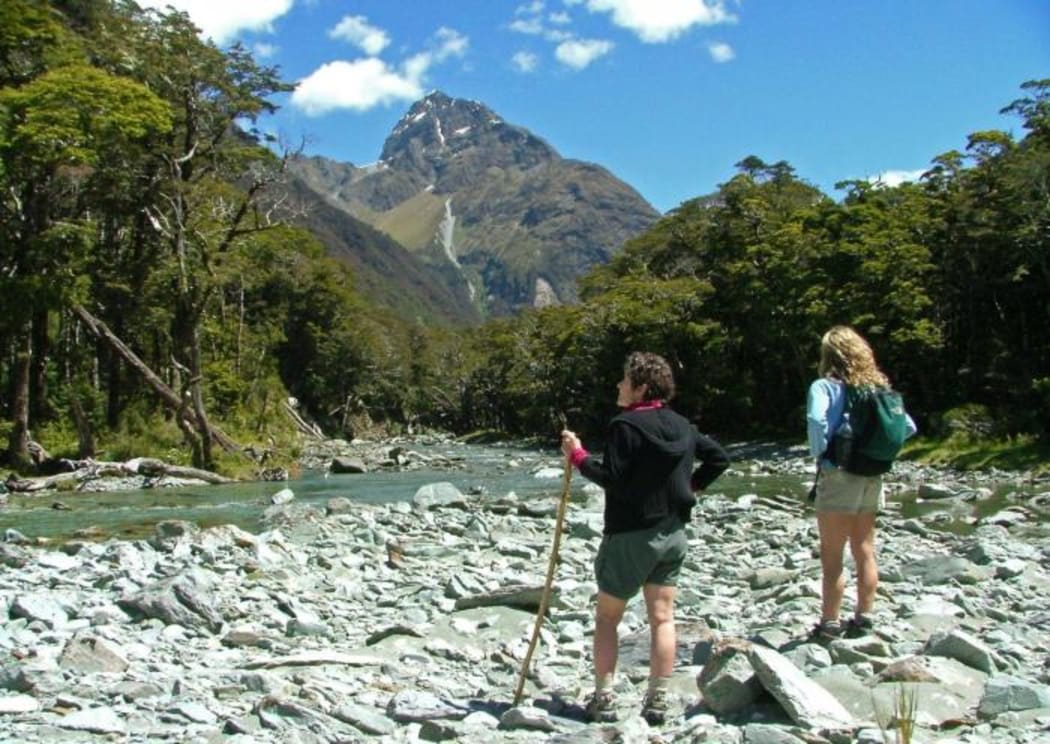
The Routeburn flat walk in the South Island. Photo: Guided Walks NZ / Ngai Tahu Tourism
The Māori Carbon Foundation plants trees by the million for carbon credits under the Emission Trading Scheme. Air New Zealand is a major customer.
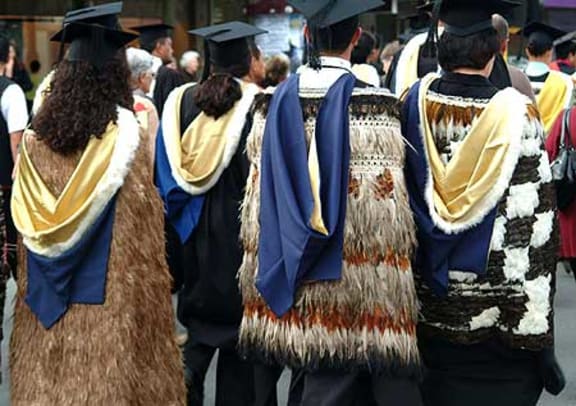
Photo: Supplied / Massey University
The figures on Māori educational achievement are equally encouraging, especially at tertiary level. Māori graduates have increased by 16% since 2008, and doctoral students by 25%.
These rates are set to more than double in the next 20 years.
Another recent Te Puni Kokiri survey of adult visits to marae shows a steady upward trend for Māori participation in their own cultural activities. Māori made up 68% of Māori visited a marae three or more times in the last year.
And a bigger surprise for me, 59% of Pakeha had made at least one marae visit in the last year.
Looking ahead, it’s not hard to be optimistic, especially when you listen to these Māori voices.
But a future worth hoping for will need to include some Pakeha progress in learning to live happily in this in-between space we share with Māori.
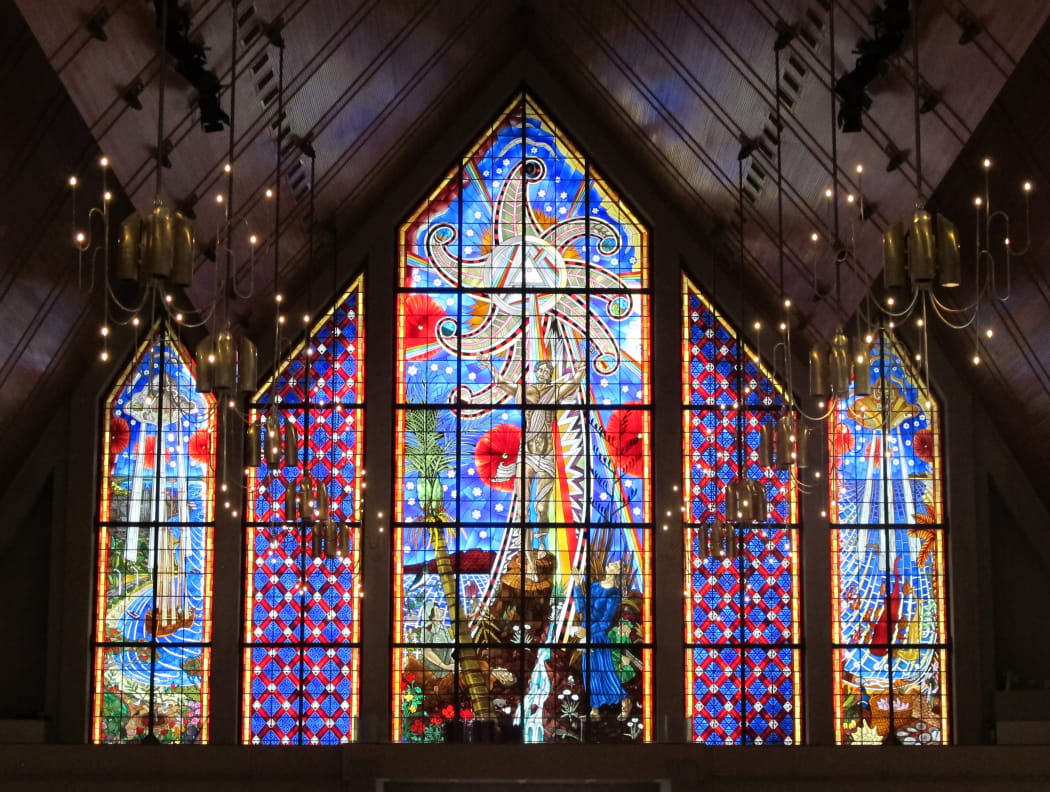
Holy Trinity Cathedral's Great Window, designed by Nigel Brown, is said to be the largest expanse of stained glass in the southern hemisphere. The windows have a Maori/Polynesian side and a European side, with the risen Christ in the centre. Photo: RNZ
So we’ll need to be much better informed about our history, our school curricula will be more clearly bicultural, our attitude to Māori religion and spirituality will be much more sympathetic. Te Ao Māori and Te Ao Pakeha will coexist rather than collide. Respect for each other’s wahi tapu will need to increase, because we both have sacred spaces to respect.
Everyday use of te reo Māori will become unremarkable. Fewer of us will be embarrassed by visiting marae because we’ll know how to speak and might even understand what’s being said. There will be a lot more Māori direction and oversight in the health, education, and justice sectors.
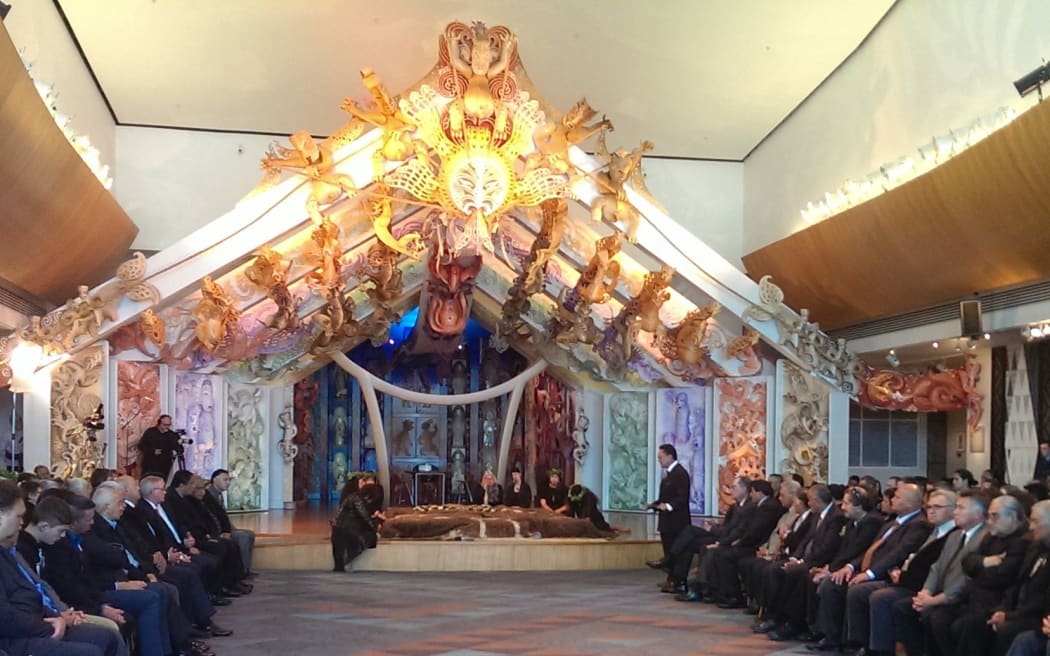
Ancestral remains have been returned to Aotearoa, with a ceremony held today at Te Papa's marae, Te Hono Ki Hawaiki. Photo: RNZ / Laura Bootham
The partnership will need to be stronger, clearer in law, more evenly-resourced and represented in local government. But even more important, the formal partnership will increasingly be translated into a hundred thousand relationships. Friendships even.
In the diaries of early missionaries, traders, surveyors and settlers, even soldiers, I’ve long been struck by the number of times friendship is talked about, especially back in the day when Māori were the dominant majority. Evidently there is no exact Māori translation for friend. The nearest word, hoa, refers to kinship, but even so there were many friendships established outside whakapapa lines.
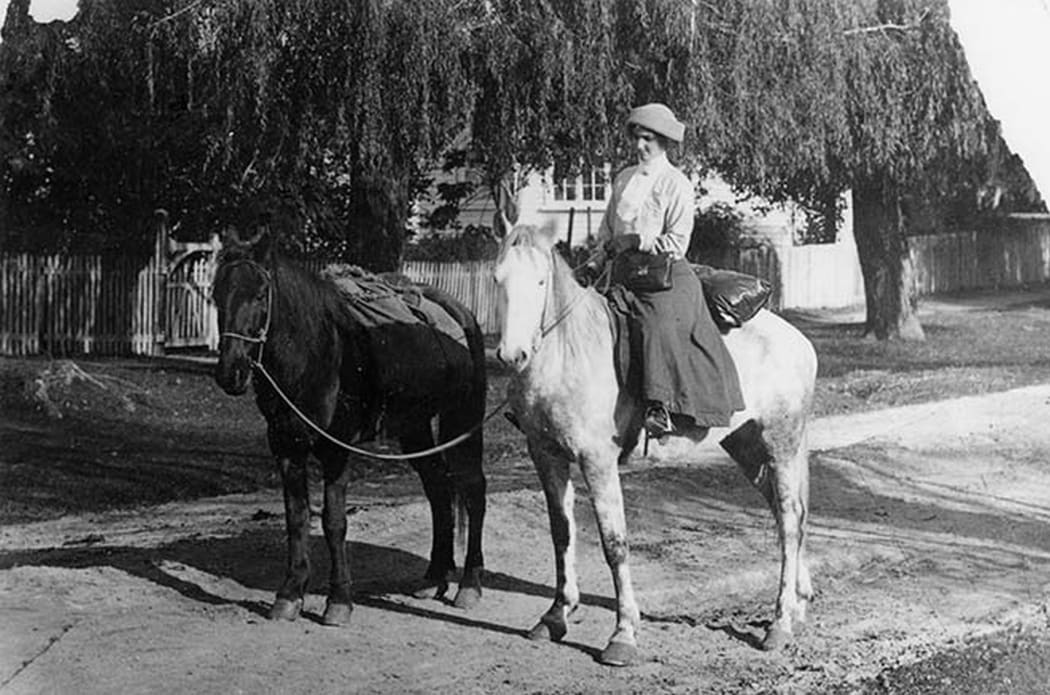
In her role as a nurse in outlying Maori communities in the early 20th century, Florence Harsant travelled by horseback, often facing unreliable horses and difficult access. Photo: Te Ara
Florence Harsant was a Women’s Christian Temperance Union organiser working in Māori communities in the early pre-war years of last century. “I am a European,” she wrote. “My skin is white. I cannot trace my whakapapa back to the Great Fleet. But I do know the happiest years of my life were spent in the company of Māori friends. So tell me, Rangi and Papa – can a Māori heart beat in a Pakeha body?”

Bishop Augustus Selwyn Photo: NZ History
And even earlier, back in 1863, a young Victorian gentleman called George Augustus Selwyn wrote a famous letter to Wiremu Tamihana. “I am not a Pakeha,” he said, “neither am I a Māori. I have eaten your food, I have slept in your houses, we have eaten together, talked together, travelled and prayed together, partaken of the Lord’s Supper together, and therefore I tell you I am half caste.”
It’s a word we don’t use anymore. There is no Tikanga Half Caste.
But the spirit of what Selwyn says is also missing now. The confidence of Pakeha to make friends with Māori, (and vice versa) unselfconsciously, as a human rather than a political act.
In some parts of the country where income inequality is most extreme, those sorts of friendships are harder now than in Selwyn’s day.
But it will get easier, and it is, as the bicultural climate warms up. You need only listen to the winners of any of the New Zealand music awards to hear the fusion of sounds that join across the European and Polynesian worlds. Our children will sing and dance to a mix of songs and rhythms that we could only dream of.

Russell Clark's reconstruction of Samuel Marsden's Christmas Day service at Hohi (Oihi) Bay in 1814. Photo: Alexander Turnbull Library
And no one will bother asking any more, “Who wants to be a Pakeha?”
There is song that has been sung in the North by Tai Tokerau for 200 years, ever since that first Christmas morning, on the beach at Oihi, when it was sung to Samuel Marsden and Chief Ruatara.
The hosts knew only too well that the arrival of the missionaries and the settlers who followed would mean their lives would never be the same.
But they sang this welcoming waiata even so:
E! Ka nukunuku: E! Ka neke neke
It is moving; it is shifting
Look to the open sea of Waitangi
Spread before us like the shining cuckoo.
It is good, all is well
Change is coming soon,
Is on the horizon.
It is good, all is well,
Let peace be established.
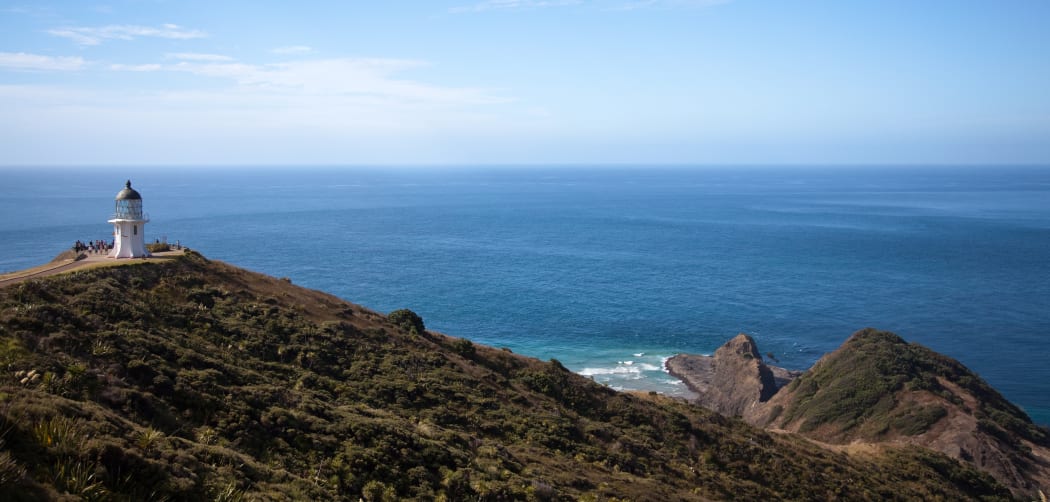
Cape Reinga Photo: Flickr / russellstreet

